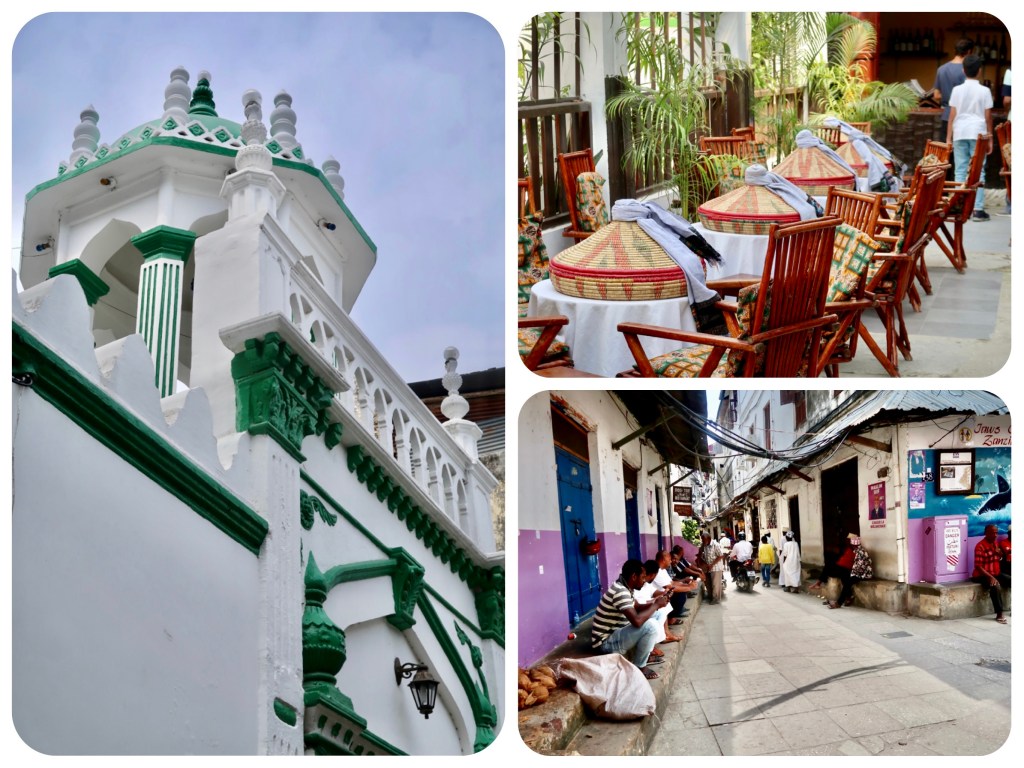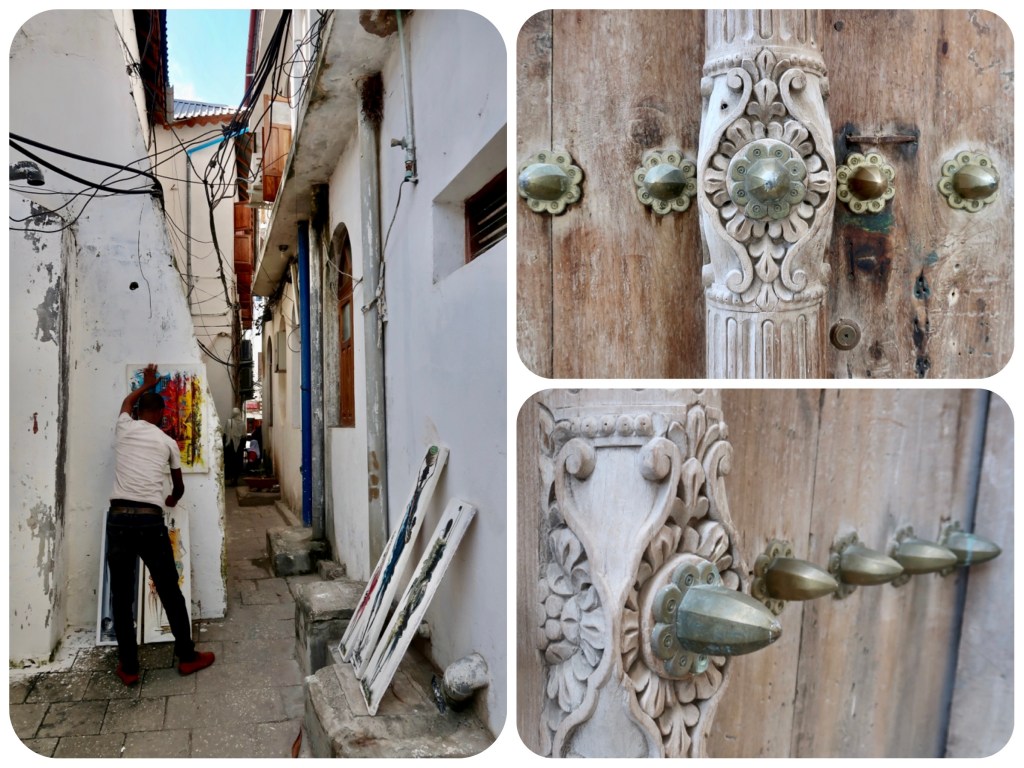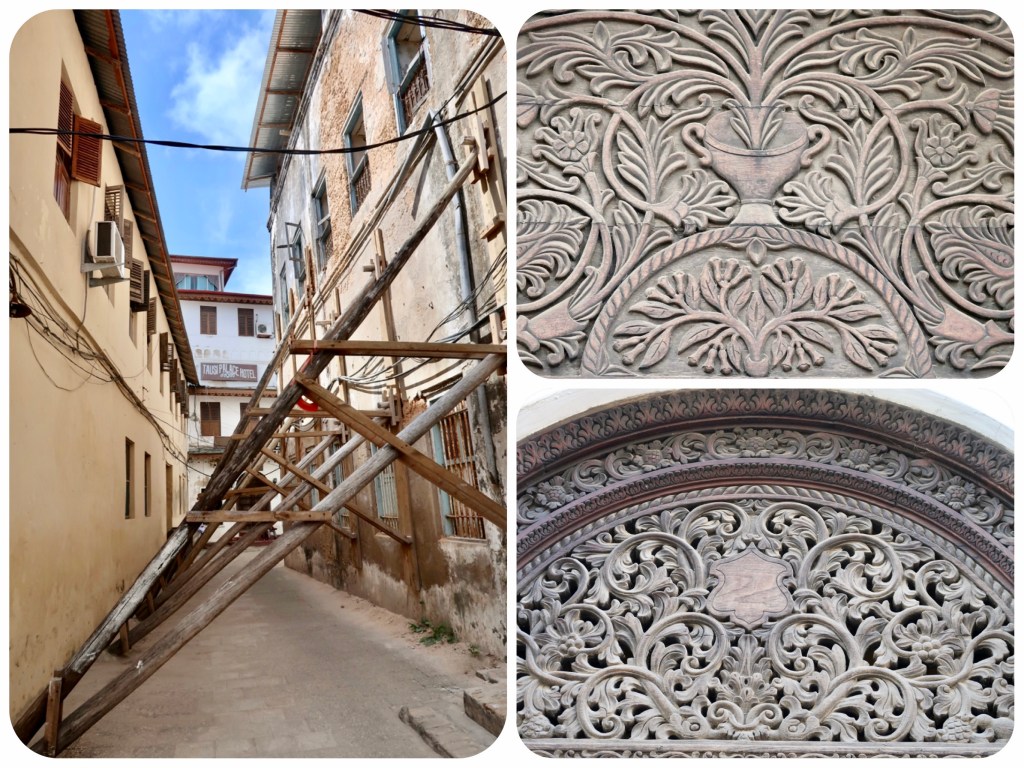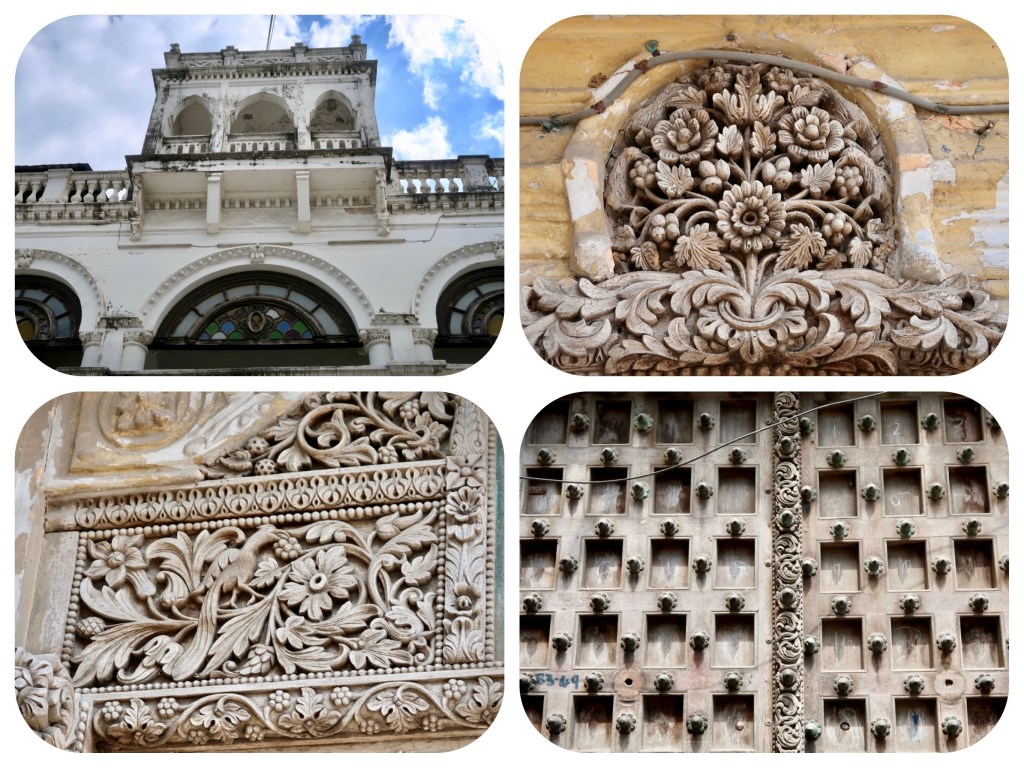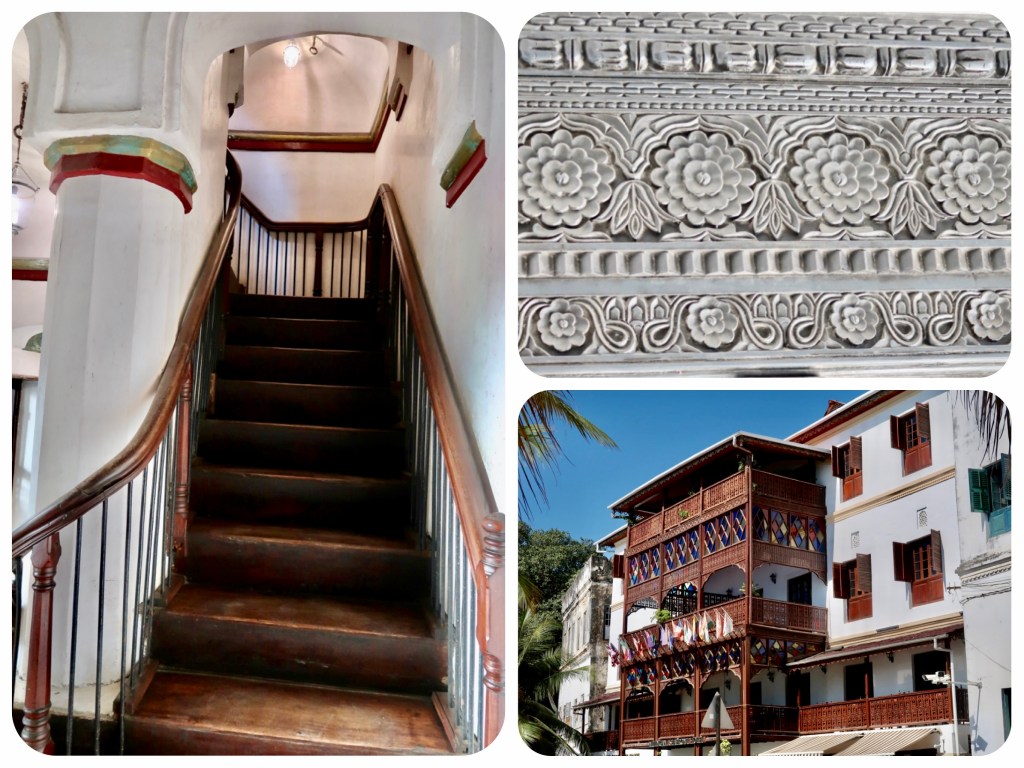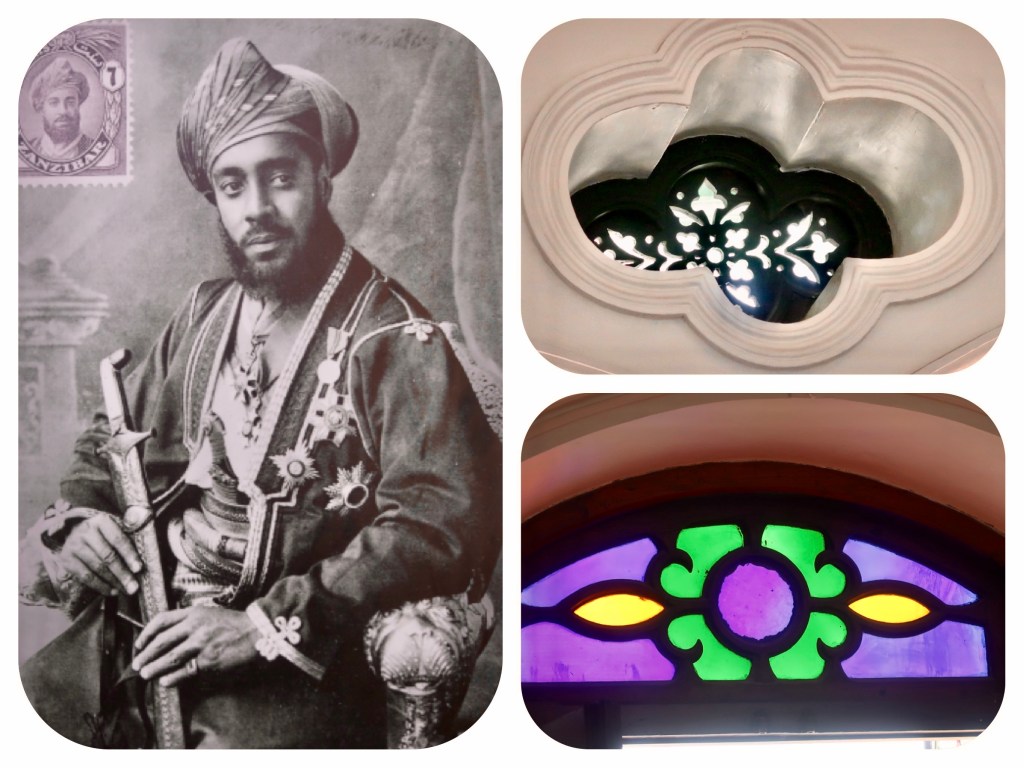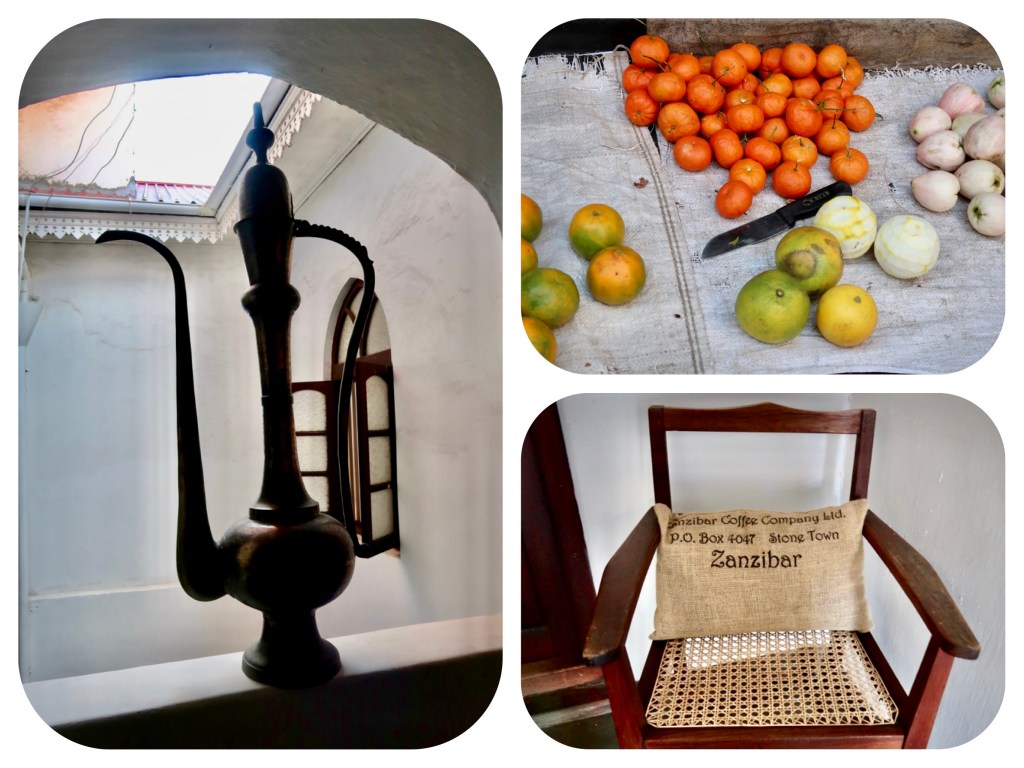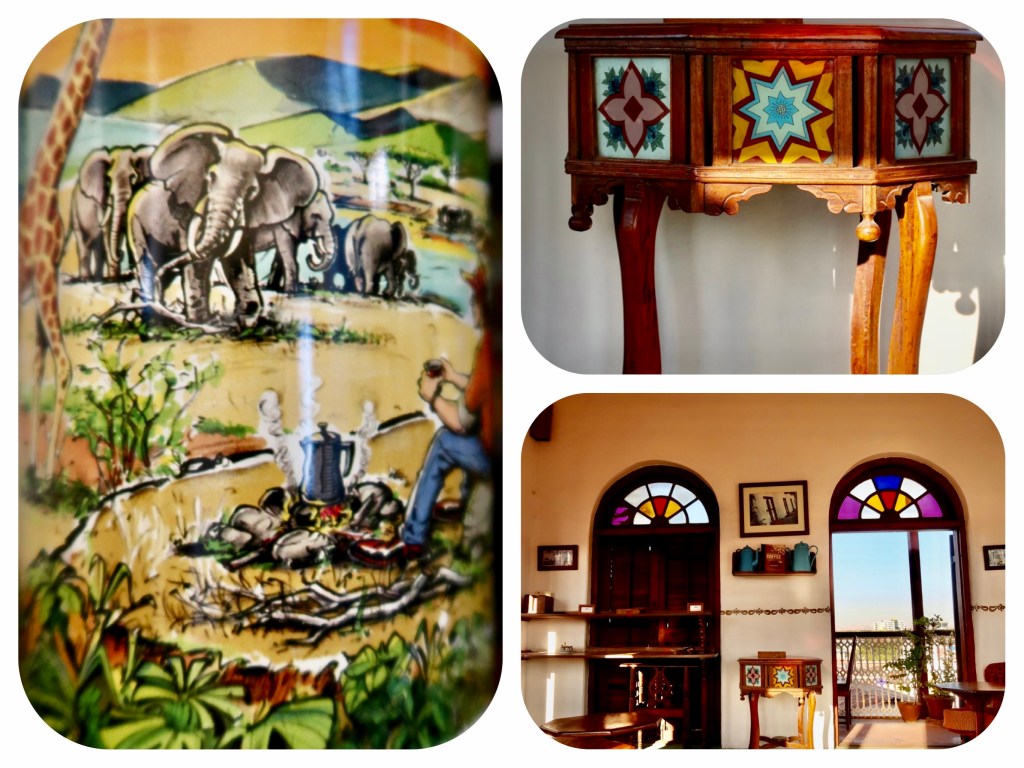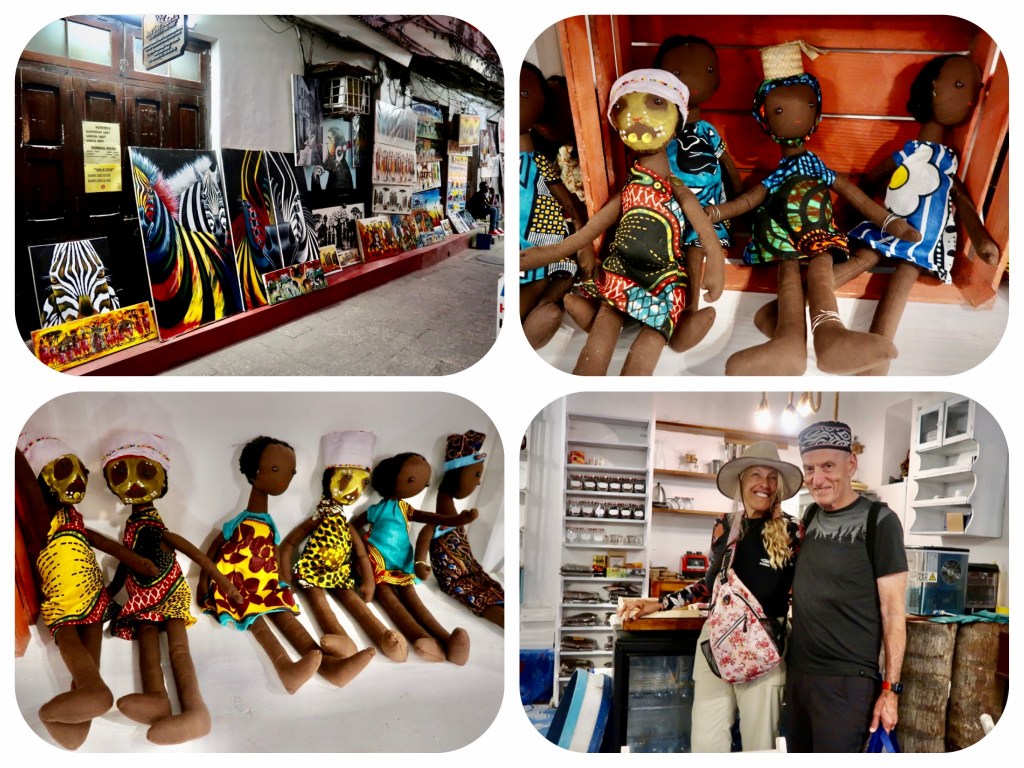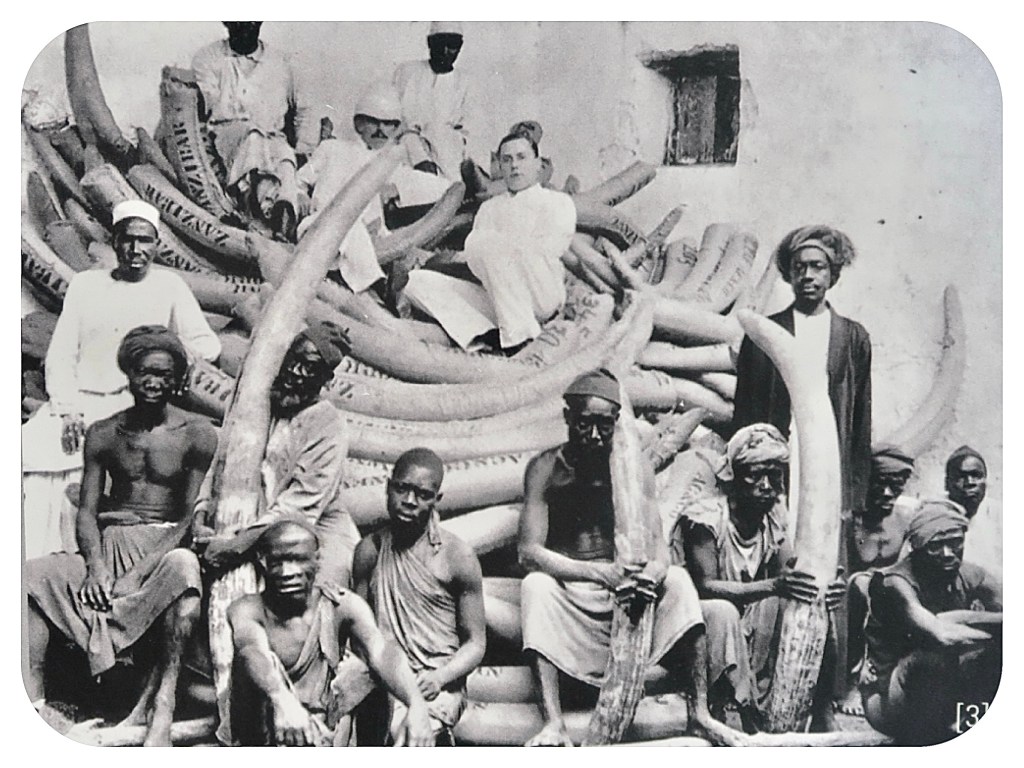Hakuna Matata From Stone Town, Zanzibar
Hakuna Matata From Stone Town, Zanzibar
From green and remote Pemba Island, we flew to the busy hub of Stone Town in Zanzibar.
Stone Town is an historic old town, located right on the western sea shores of Zanzibar Island, across from the city of Dar Es Salaam in Tanzania.
Native people have lived in Zanzibar for over 20,000 years.
The main island of Zanzibar is called Ungunja, and together with the island of Pemba and a few other smaller islands, the archipelago is called Zanzibar.
In 1964 Zanzibar joined with Tanganyika on the mainland to form the United Republic of Tanzania.
Recorded history started when the islands became a base for traders voyaging between the African Great Lakes, the Somali Peninsula, the Arabian peninsula, Iran, and the Indian subcontinent.
Zanzibar has been occupied by invading countries many times in the past.
It was first occupied by the Portuguese, the first European power to gain control of Zanzibar, and they kept control of it for nearly 200 years.
In 1698, Zanzibar fell under the control of the Sultanate of Oman.
Plantations were developed to grow spices, which gave Zanzibar island the moniker of the Spice Islands.
Another major trading resource was ivory, from the tusks of elephants that were killed on the Tanzanian mainland.
In a gallery in town, we saw old black and white photos of Theodore Roosevelt, the 26th President of the U.S.A, standing next to huge elephants that he had killed.
It took four strong men to carry one massive elephant tusk.
It was so sad to see these photos, along with horrendously sad photos of African slaves.
Slaves were collected from all over east Africa and sold in Zanzibar.
The slave market in Zanzibar is now a memorial site that is important to visit, although it might bring tears to your eyes.
The slaves were sold in the market on Wednesdays and Fridays.
On Wednesdays the prices were higher.
Those slaves who did not sell on a Wednesday, were brought to the market on Friday and offered for a lower price.
Slaves that were not sold on Friday were killed, and a fresh supply of slaves were brought into the market the next week.
We visited the stone underground cells in which the slaves who were not sold on Wednesday were kept until Friday.
It was a dark cell room with a wooden slab and no lights or air.
The toilet was a channel running below the slab.
Feces and dead or diseased bodies laid right on the slab.
Women slaves were either taken as house cleaners and cooks, or simply killed.
Babies were useless to the traders, and often were chopped up as fish bait for the nets.
Control of Zanzibar came into the hands of the British Empire in 1890 and Zanzibar became a British protectorate, which is a nice way to say that the British exploited the island in return for offering it protection.
The death of one sultan and the succession of another, of whom the British did not approve, later led to the Anglo-Zanzibar war, also known as the shortest war in history, lasting only one day.
Slavery was outlawed in 1876 but the practice continued until 1909.
Old Stone Town is a maze of narrow streets.
These narrow streets are well designed for such a very hot place.
It means that there is lots of shade between buildings, and most of the inner streets are for pedestrians only, although scooters, bicycles and men pushing handcarts do roam these narrow streets, and often we had to squeeze against shops or building entrances to avoid getting run over.
The narrow streets are full of shops selling souvenirs, magnets, wooden masks, beaded jewelry, beach clothing, paintings of elephants or lions with sunglasses, spices, African patterned fabrics, hand woven bags and leather sandals.
There is also a good selection of renovated boutique hotels and guesthouses, restaurants and cool cafes.
At every corner we were asked to hire a taxi to the north beaches, take a boat ride to Prison island, buy something or “just have a look.”
“Please you have a looking, looking is free, you no have to buy!”
Most often if we did go in, we wound up buying something.
Most of the things we did buy were to support the local African charities, home based widowed women or orphans who make dolls, or bags or fabric to sell and raise funds.
The old Arab architecture, mixed with the island artisans, is stunning.
The walls are built very thick, the windows ornate, the wooden doors so intricately carved as to make you stand in awe.
Many of these buildings are crumbling and in need of upkeep or renovation, but the narrow streets are still very beautiful to walk through.
The people are so very friendly, and if you take the time to interact with them, they are genuinely interested in learning about you and how life is conducted beyond their shores.
There is a list of historic buildings that are worth a stroll to, and we tried to go to different cafes and places to eat every day.
If you choose right, all the food is prepared from scratch, nicely spiced and very yummy.
There are charming places to sit or eat on the rooftops of old houses, that offer a cool breeze along with a restful place to spend a lazy afternoon.
The places offer fresh juices made from tropical fruit, avocado wraps, vegan coconut curry, and veg rice dishes, as well as local Swahili dishes.
We drank the juice of a Bongo tree fruit, mixed with pineapple and mango, blended with mineral water, because you cannot drink the tap water in Zanzibar.
Like every other visitor to the island, we have learnt a few local terms.
Karibu means ‘’Welcome.”
Karibu Zanzibar means “welcome to Zanzibar.”
Asantė Sana means “Thank You Very Much.”
Jambo means “hello,” and you can answer by saying Jambo Jambo!
Many people respond to the Arabic greeting ‘Salaam Alekum,” (peace be with you) by saying “Alekum Salaam.”
Polė Polė means “Slowly Slowly “ in Swahili and Hakuna Matata means “No Problem,” and is a widely used expression by everyone.
There is a night food market called the Forodhani Food markets, with stalls selling identical kinds of foods, that happens each night along the waterfront.
It is very charming to see families buying shawarma or grilled breadfruit, sweet potatoes or skewers of seafood, and eating them while sitting on the boardwalk.
Kids play around, and vendors sell fresh sugarcane juice mixed with lime and ginger.
The local stray cats walk around purring with the pleasure of anticipation of juicy morsels. They do not look hungry or mangy.
Along the seashore, the busiest time of each day is sunset.
Whole families walk together, sit on the sand, take a nap, swim in the warm sea, exercise, run, and talk.
Young men do somersaults or play football, do push-ups or stomach crunches, or play hide and seek.
Sellers selling roasted peanuts walk along the shores, clicking stones in their hands in order to draw attention.
I feel such a surge of happiness seeing humanity enjoying life in this way, just like I enjoyed seeing humanity in China, dancing in the town squares, playing musical instruments, gathering around to do Tai Chi or Chi Gong, all for free and all for the purpose of enjoying being a human.
From Zanzibar, Hakuna Matata and Asantė Sana,
Tali

